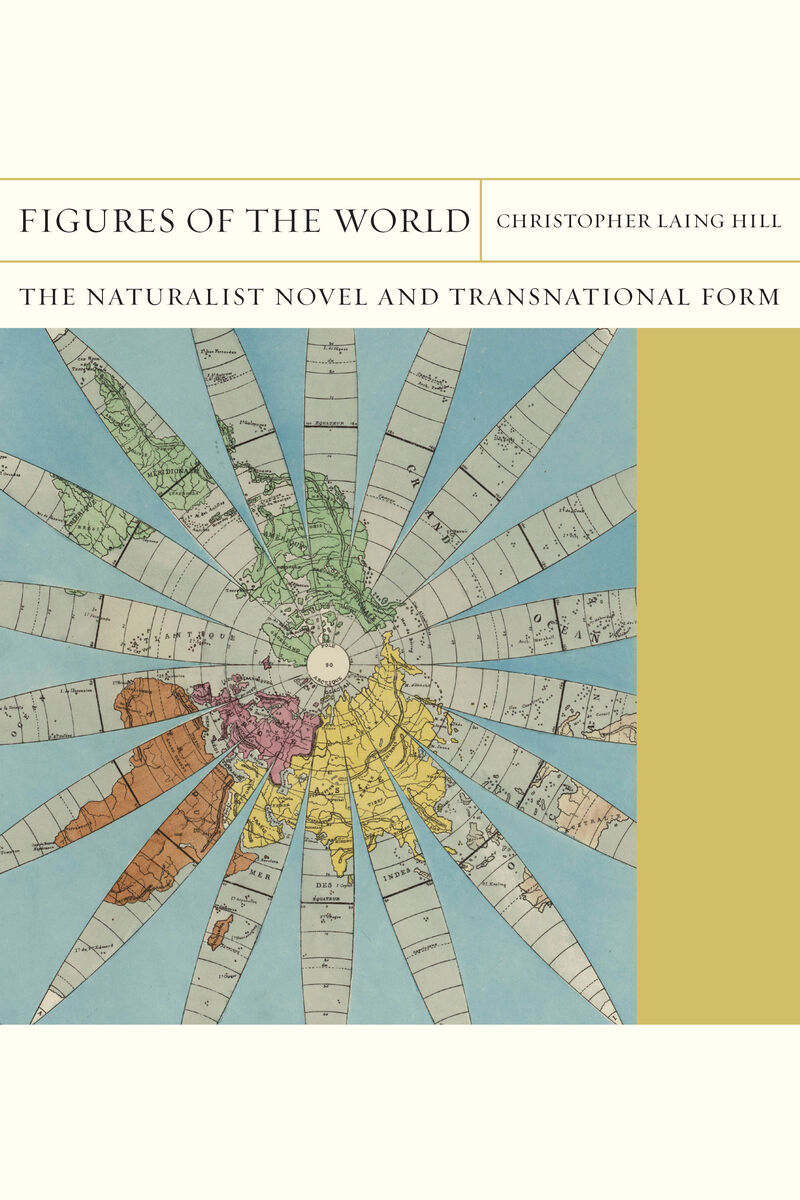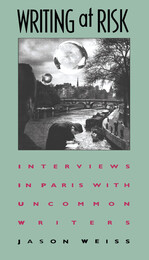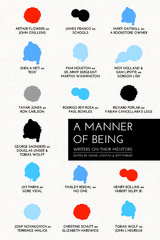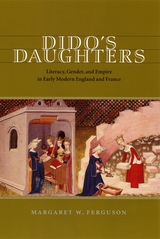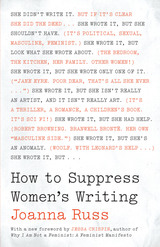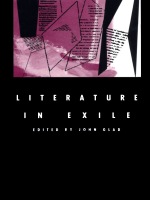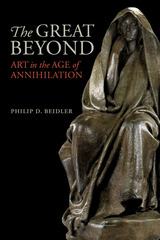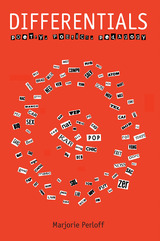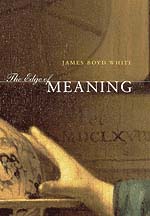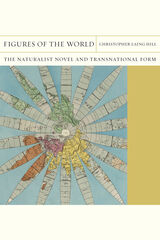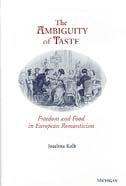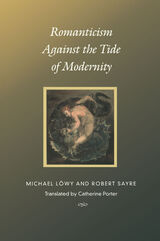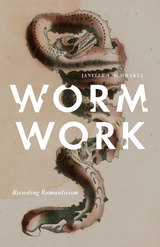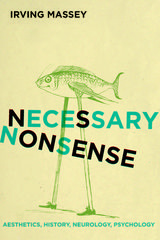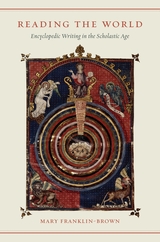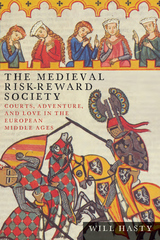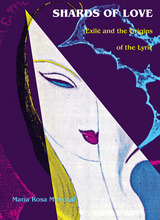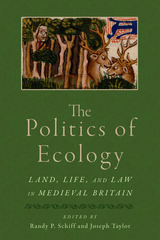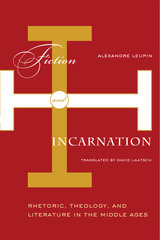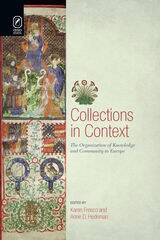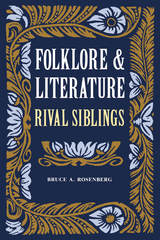Figures of the World: The Naturalist Novel and Transnational Form
Northwestern University Press, 2020
Cloth: 978-0-8101-4215-2 | eISBN: 978-0-8101-4216-9 | Paper: 978-0-8101-4214-5
Library of Congress Classification PN601.H49 2020
Dewey Decimal Classification 809.3912
Cloth: 978-0-8101-4215-2 | eISBN: 978-0-8101-4216-9 | Paper: 978-0-8101-4214-5
Library of Congress Classification PN601.H49 2020
Dewey Decimal Classification 809.3912
ABOUT THIS BOOK | AUTHOR BIOGRAPHY | REVIEWS | TOC | REQUEST ACCESSIBLE FILE
ABOUT THIS BOOK
Figures of the World: The Naturalist Novel and Transnational Form overturns Eurocentric genealogies and globalizing generalizations about “world literature” by examining the complex, contradictory history of naturalist fiction. Christopher Laing Hill follows naturalism’s emergence in France and circulation around the world from North and South America to East Asia. His analysis shows that transnational literary studies must operate on multiple scales, combine distant reading with close analysis, and investigate how literary forms develop on the move.
The book begins by tracing the history of naturalist fiction from the 1860s into the twentieth century and the reasons it spread around the world. Hill explores the development of three naturalist figures—the degenerate body, the self-liberated woman, and the social milieu—through close readings of fiction from France, Japan, and the United States. Rather than genealogies of European influence or the domination of cultural “peripheries” by the center, novels by Émile Zola, Tayama Katai, Frank Norris, and other writers reveal conspicuous departures from metropolitan models as writers revised naturalist methods to address new social conditions. Hill offers a new approach to studying culture on a large scale for readers interested in literature, the arts, and the history of ideas.
The book begins by tracing the history of naturalist fiction from the 1860s into the twentieth century and the reasons it spread around the world. Hill explores the development of three naturalist figures—the degenerate body, the self-liberated woman, and the social milieu—through close readings of fiction from France, Japan, and the United States. Rather than genealogies of European influence or the domination of cultural “peripheries” by the center, novels by Émile Zola, Tayama Katai, Frank Norris, and other writers reveal conspicuous departures from metropolitan models as writers revised naturalist methods to address new social conditions. Hill offers a new approach to studying culture on a large scale for readers interested in literature, the arts, and the history of ideas.
See other books on: Comparative literature | Figures | Literature, Modern | Naturalism in literature | World
See other titles from Northwestern University Press
